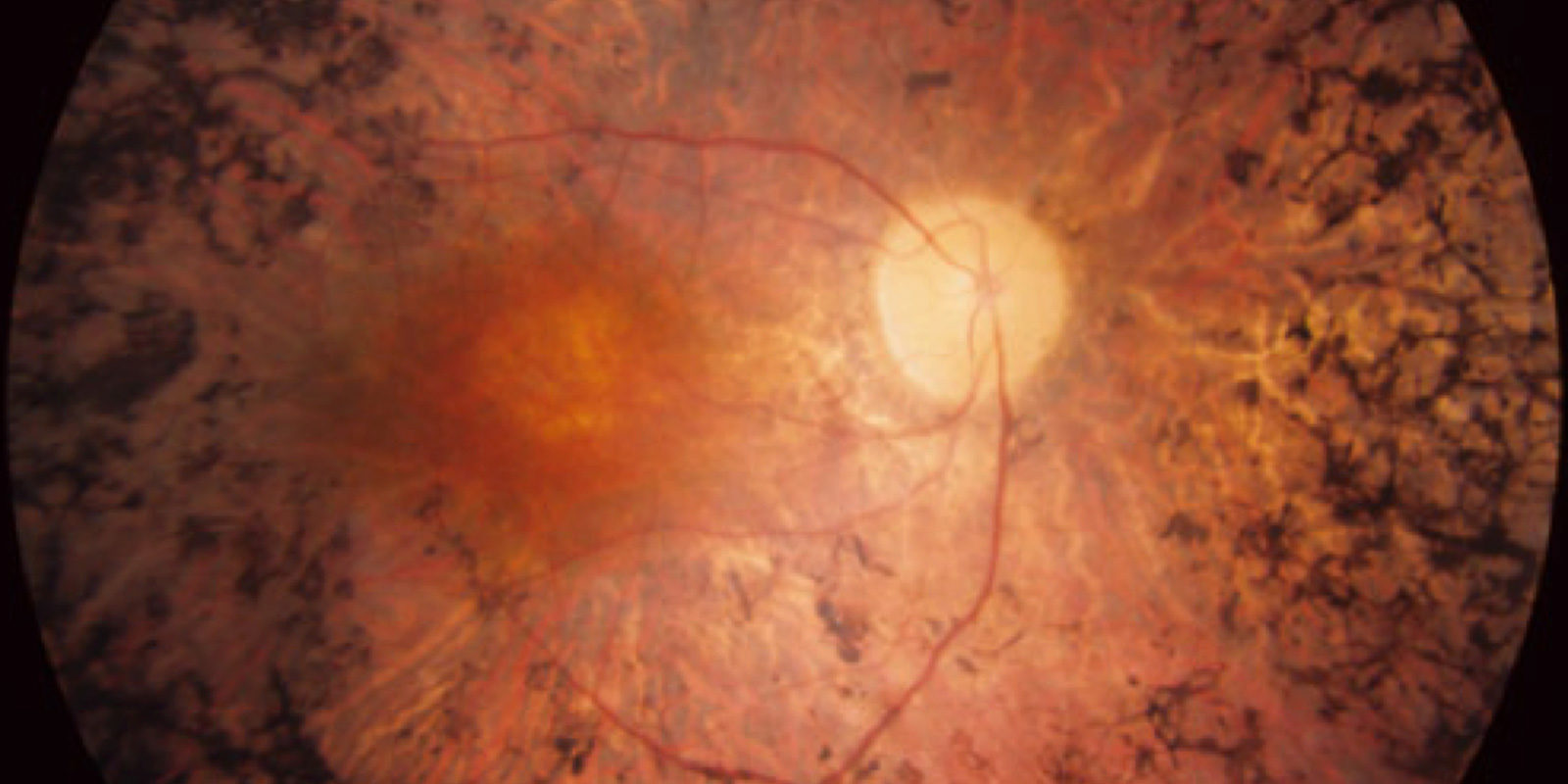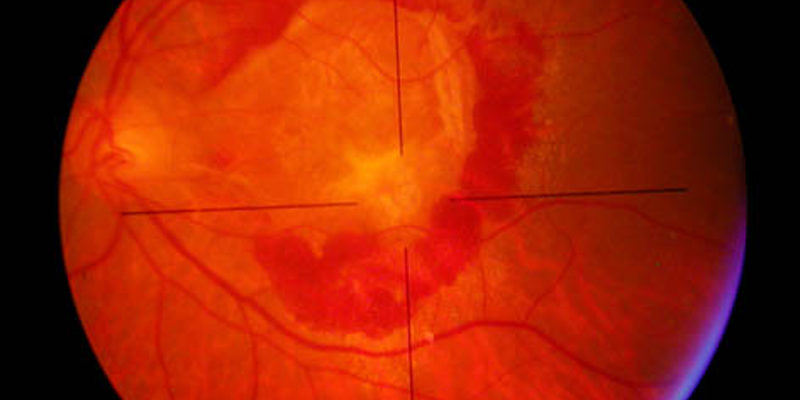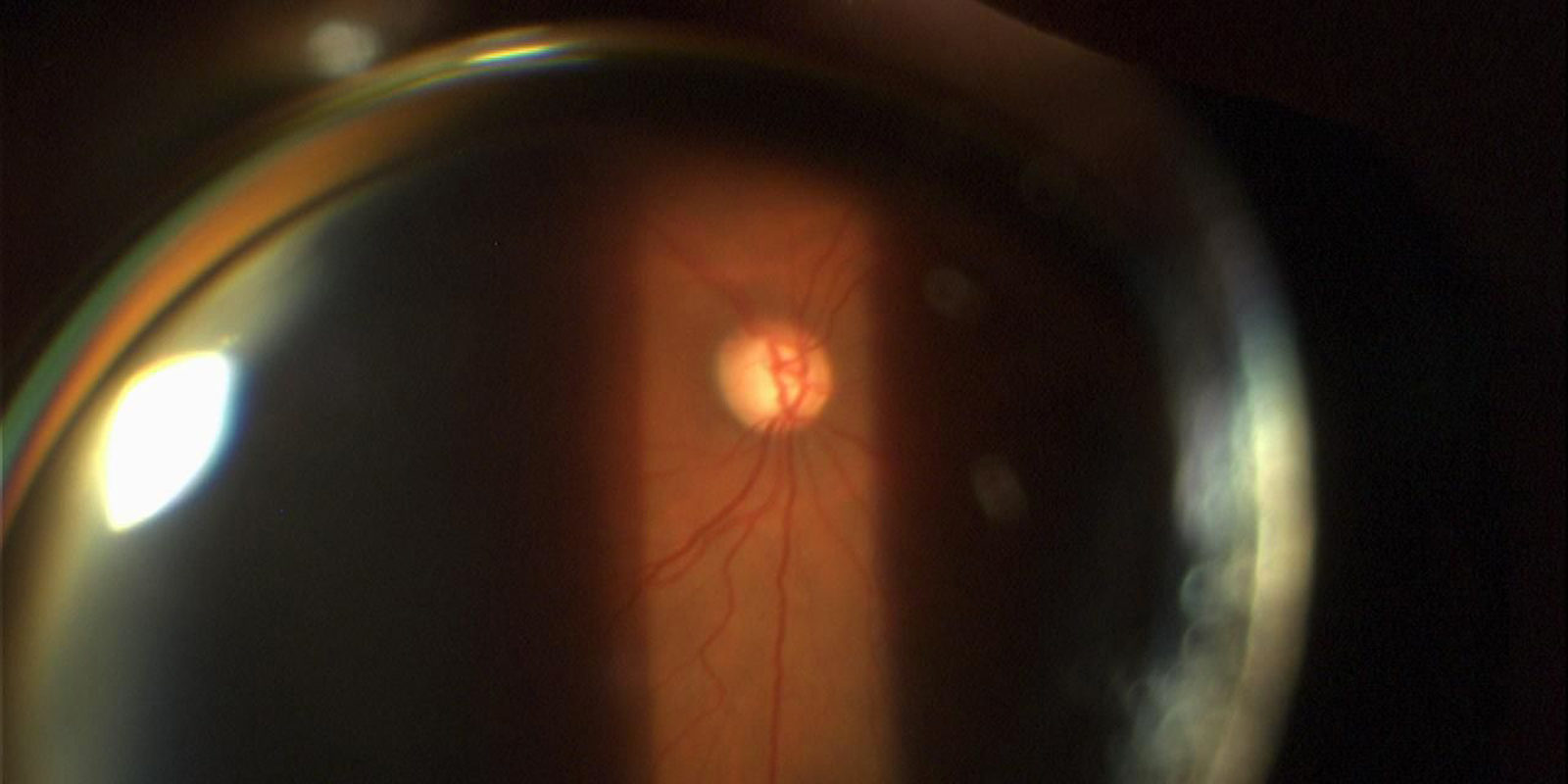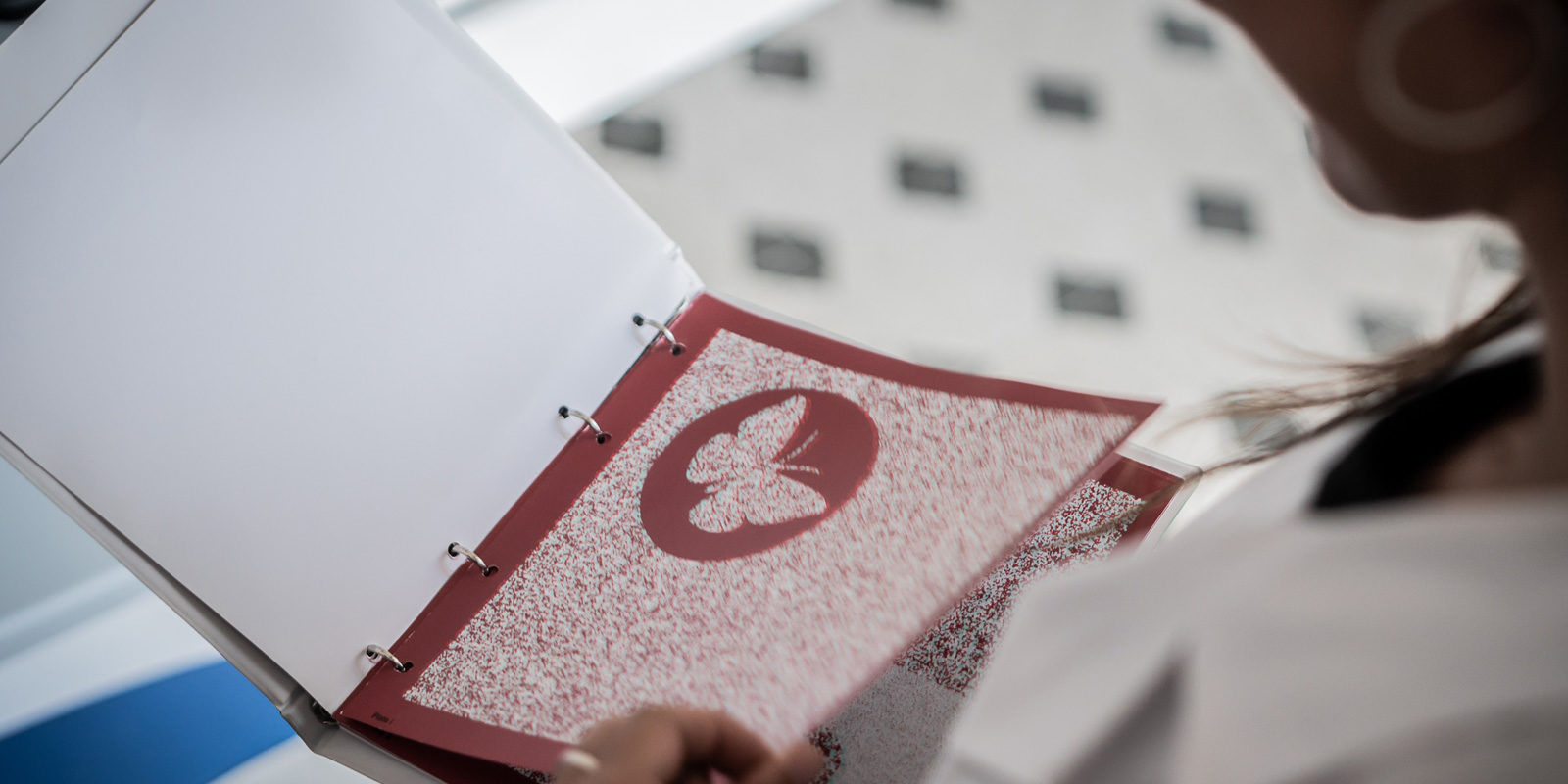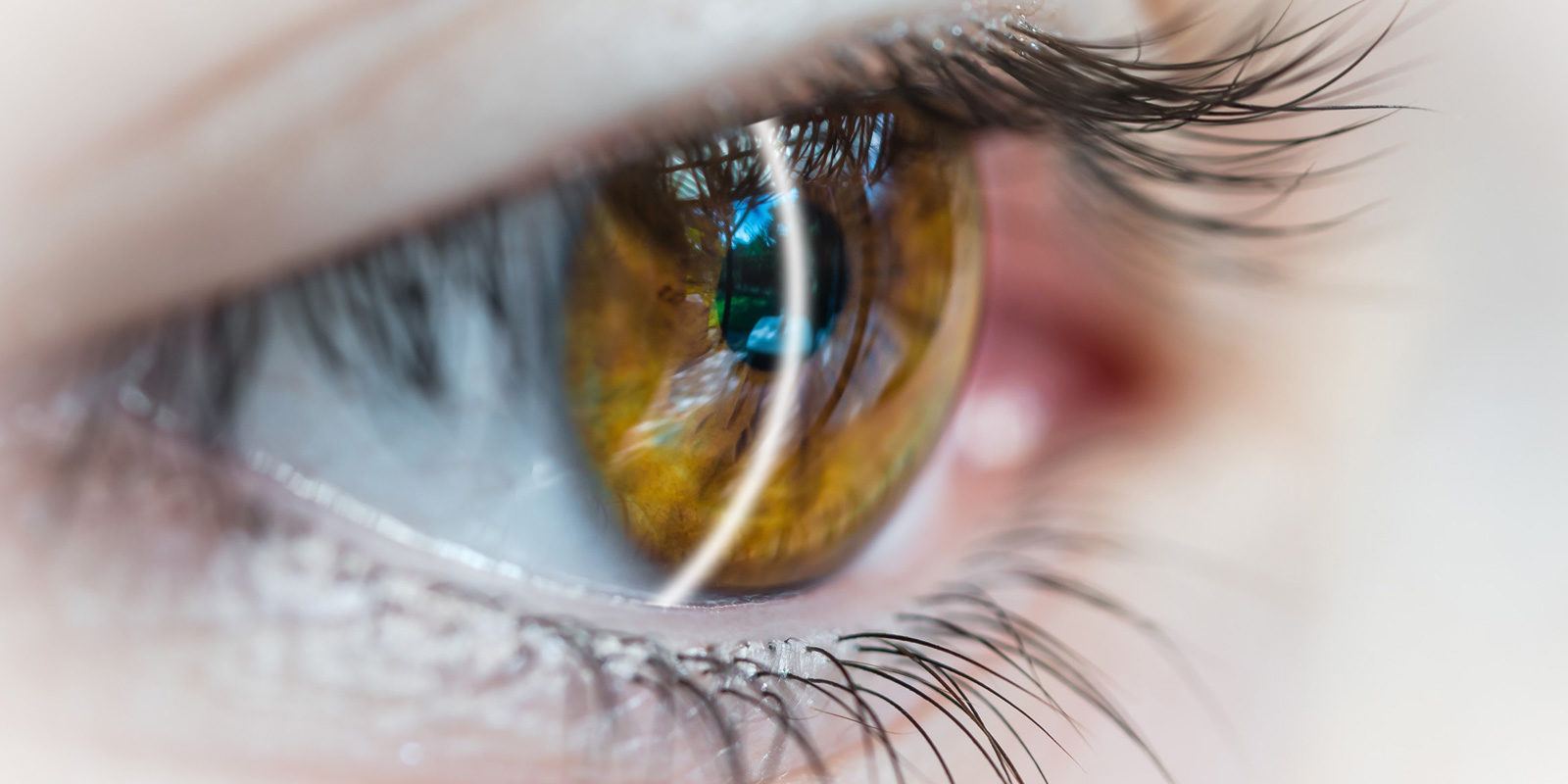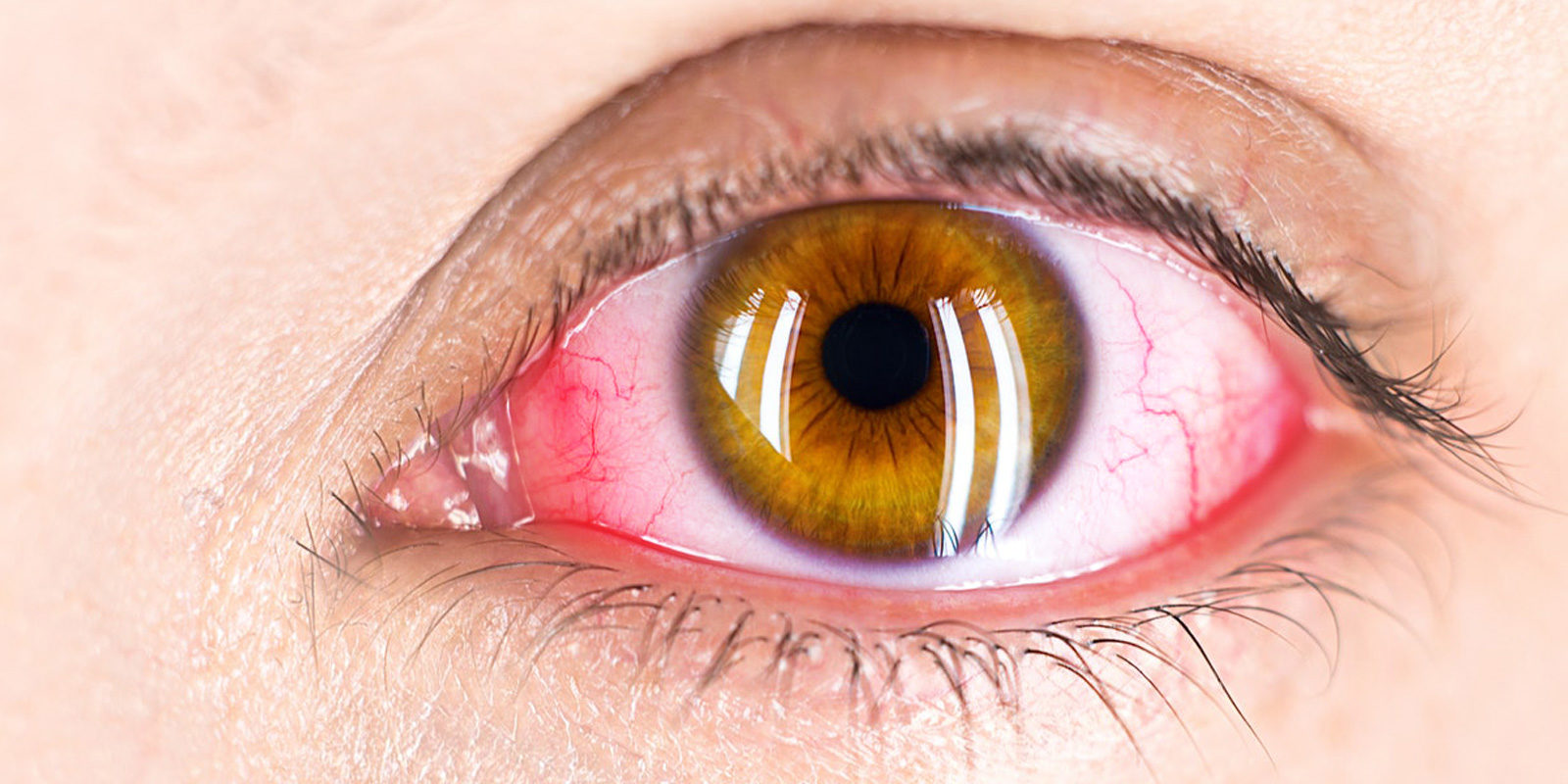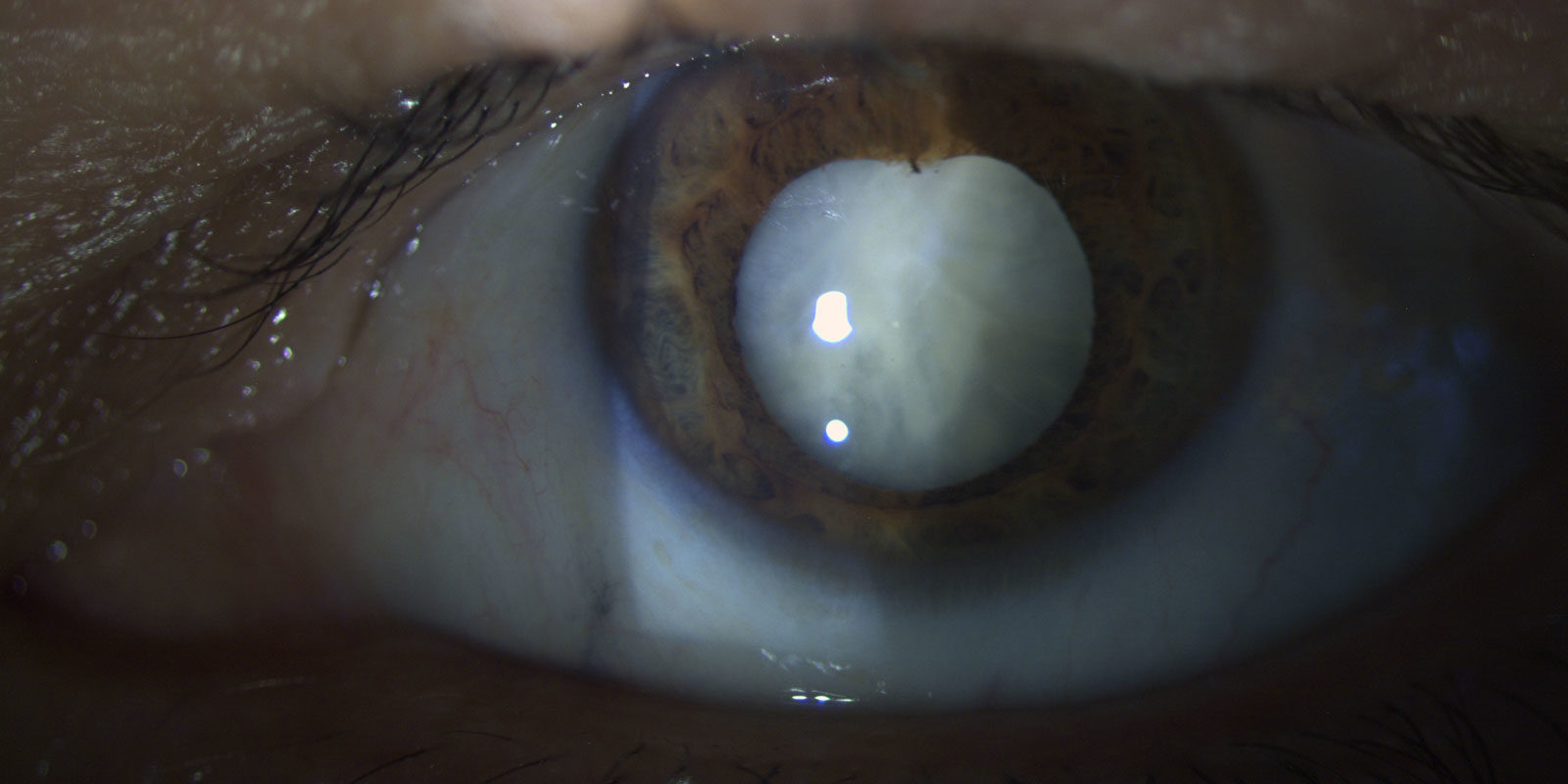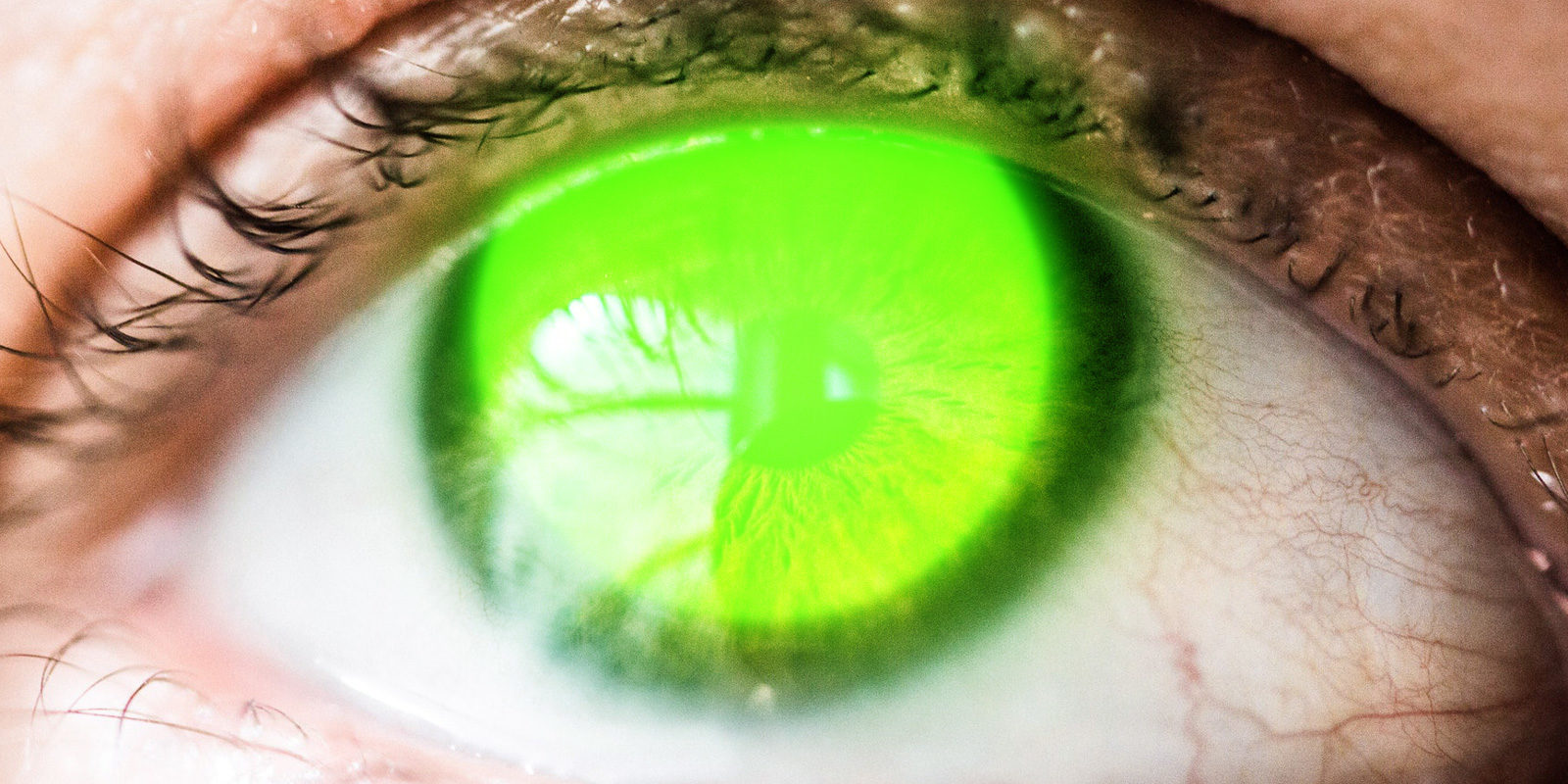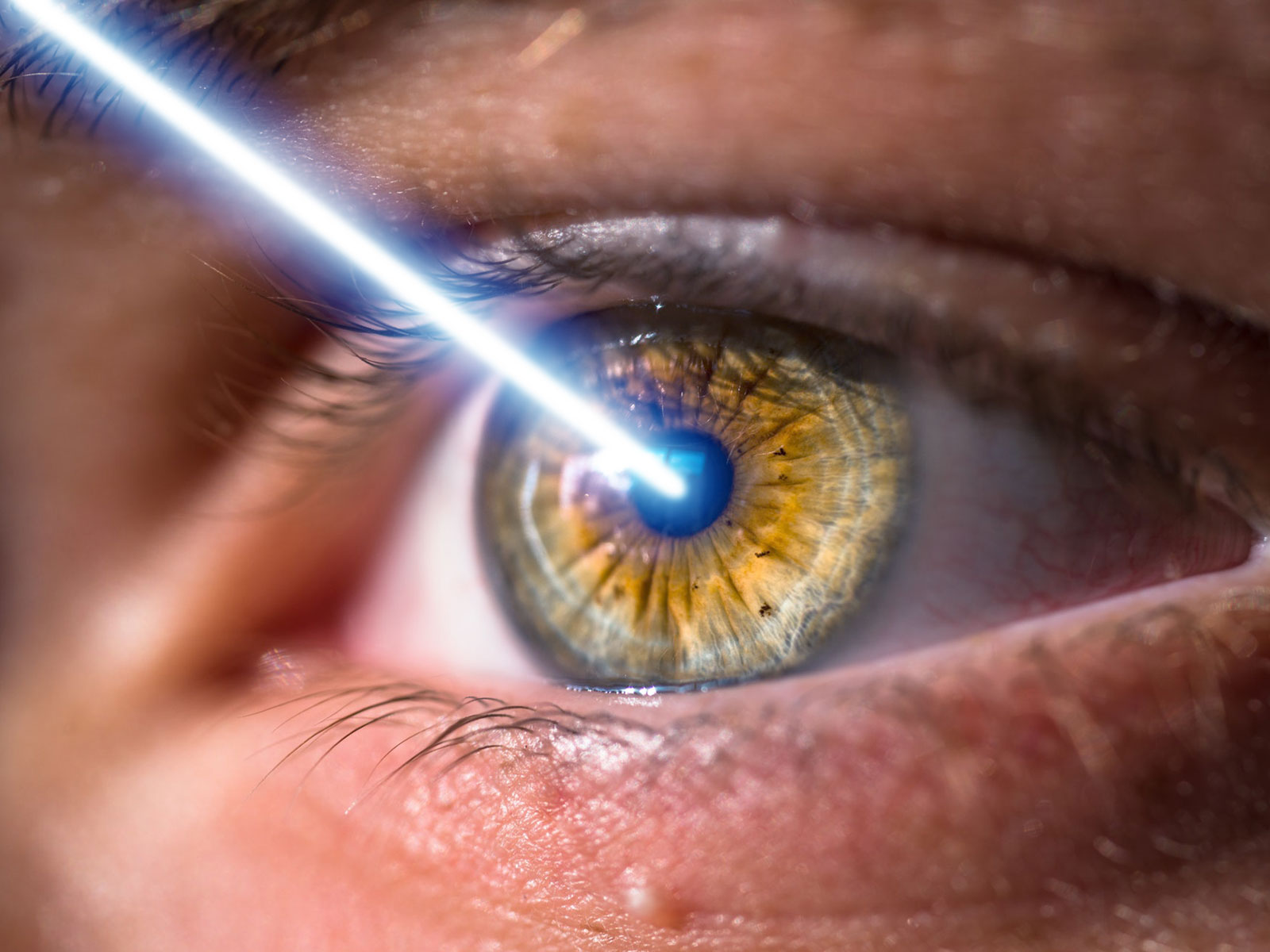
Laser correction of vision
Dr. Marco Lombardo and his staff offer the best service for assessing and correcting the refractive defects of the eye through a personalized approach by using the most advanced ophthalmic instrumentation.
Laser vision correction is the surgery used to remove the need for eyeglasses. Dr. Marco Lombardo is expert of “advanced surface ablation” and “femto-LASIK”; he has more than 15-years experience in the use of novel laser instrumentation for the correction of myopia, hypermetropia and astigmatism.
Refractive errors of the eye
The refractive errors of the eye make the vision blurred. They are classified in in myopia, hyperopia, astigmatism and presbyopia.
Emmetropia
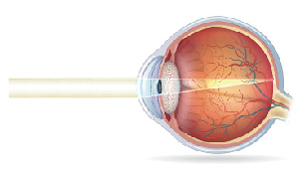 Emmetropia IMAGE In the normal eye, or emmetropic eye, the light rays go into focus directly onto the retina, thus giving a clear vision, without the need for glasses or contact lenses.
Emmetropia IMAGE In the normal eye, or emmetropic eye, the light rays go into focus directly onto the retina, thus giving a clear vision, without the need for glasses or contact lenses.
Myopia
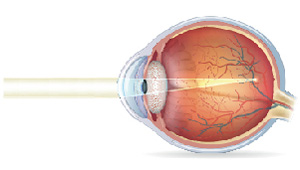 Myopia IMAGE In myopia, the light rays go into focus in front of the retina. This is in general due to a greater length of the eye (axial myopia). Myopia is corrected by the use of concave spherical lenses.
Myopia IMAGE In myopia, the light rays go into focus in front of the retina. This is in general due to a greater length of the eye (axial myopia). Myopia is corrected by the use of concave spherical lenses.
Hyperopia
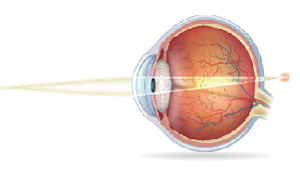 Hyperopia IMAGE In hyperopia, the light rays go into focus behind the retina. Hyperopia is in general due to a shorter eye length. To focus the light rays on the retina it is necessary to increase the dioptric power of the eye by an accommodative effort using a convex spherical lens.
Hyperopia IMAGE In hyperopia, the light rays go into focus behind the retina. Hyperopia is in general due to a shorter eye length. To focus the light rays on the retina it is necessary to increase the dioptric power of the eye by an accommodative effort using a convex spherical lens.
Astigmatism
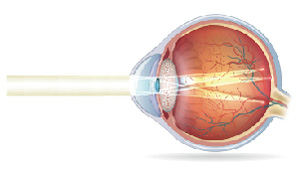 Astigmatism is a condition of asymmetry of ocular refraction that produces an unequal refraction of light rays in the various meridians. Astigmatism can be myopic, hyperopic or mixed.
Astigmatism is a condition of asymmetry of ocular refraction that produces an unequal refraction of light rays in the various meridians. Astigmatism can be myopic, hyperopic or mixed.
Indications for laser vision correction
To undergo vision correction laser surgery, it is necessary to meet some clinical requirements:
Are you at least 21 years old and your refractive error is stable?
It is not indicated to operate people younger than 21 years old and unstable refractive error.
Is the cornea thick enough?
The central corneal thickness must be thicker than 450 micrometres (normal values 500-540 μm).
Are your eyes healthy?
Any acute or chronic eye disease are contraindication to surgery.
If all the above factors are respected, then you are a good candidate for vision correction laser surgery. The next step is to contact an expert corneal surgeon and a well-equipped eye clinic.
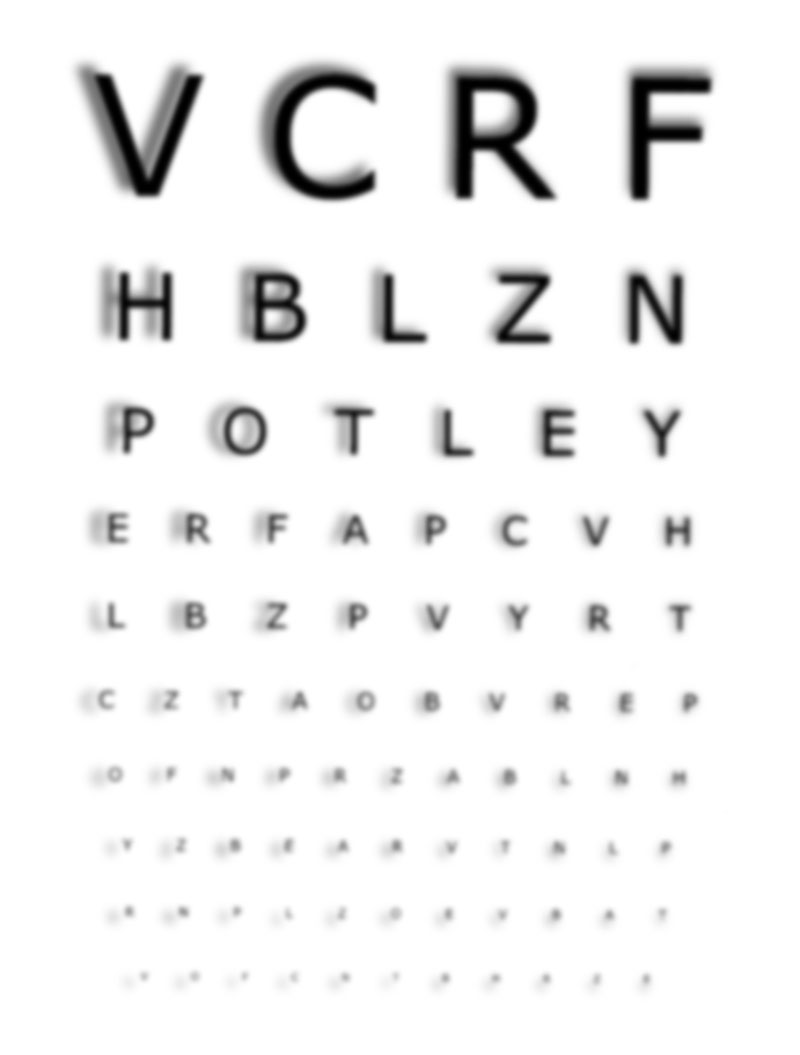
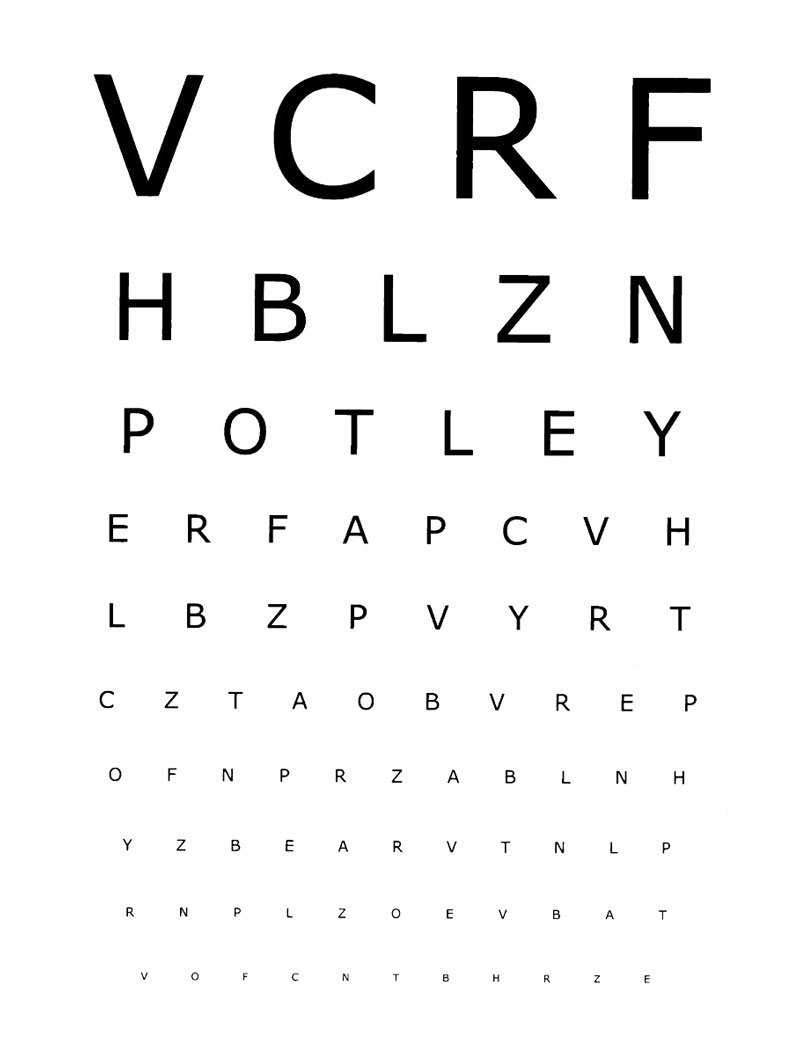
Laser vision correction techniques
Laser vision correction is painless and can be performed using various techniques such as PRK or LASIK.
PRK (photorefractive keratectomy) is the first laser correction technique. It is based on ablation of the anterior part of the cornea after removing the corneal epithelium (which regenerates in a few days). The operation takes a few minutes and is performed under topical anesthesia using eye drops; at the end of the intervention, a therapeutic contact lens is applied, which is generally removed after three days. The contact lens is intended to protect the operated cornea.
In LASIK (laser in situ keratomileusi), the laser acts on the deeper corneal layers, after having created, through the use of a mechanical blade or, better, the femtosecond laser (femto-LASIK), an anterior tissue lamella that. LASIK is performed under topical anesthesia and takes a few minutes.
Results of laser vision correction
The purpose of laser vision correction is to improve visual ability without the use of glasses or contact lenses. The various techniques provide similar outcomes for the correction of myopia of up to 10 dioptres, or hyperopia and astigmatism up to 3 dioptres. Visual recovery is faster after LASIK compared to PRK. After a week, there are no significant differences in the visual outcome between techniques. The complications of laser vision correction are rare and generally minimal, such as glare, halos during the first weeks after surgery.
Advanced laser correction
PRK with smoothing is one of the main Advanced Surface Ablation techniques.
It has been developed and standardized by Dr. Lombardo and Dr. Serrao. PRK with smoothing guarantees the patient a better result compared to the traditional techniques. In a clinical study of about 100 patients operated by PRK for myopia or myopic astigmatism and followed up to 8 years after surgery, Dr. Lombardo observed that 97% of patients operated for mild myopia (from -1.25 to -4.40 dioptres, D) and about 85% of patients operated for high myopia (from -4.50 to -9.00 D) had an excellent outcome (optical defect = 0 dioptre).
All the operated patients did not wear eye glasses after surgery, remaining fully satisfied with the surgical outcome.
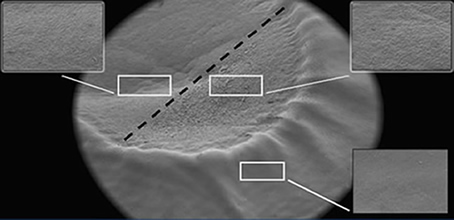
Performing the smoothing technique immediately after PRK makes the ablated corneal tissue very regular. Healing is faster and visual performance is better than standard treatments. The figure shows the different regularity of the stromal tissue after PRK (box at the top right) and after PRK + smoothing (box at the top left).
Femto-LASIK
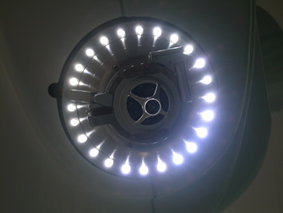
The femtosecond laser is the most advanced instrumentation for corneal surgery, ensuring extremely precise and repeatable incisions of the corneal tissue.
The femto-LASIK procedure consists in creating the corneal flap of LASIK with the femtosecond laser. Thanks to the precision of the femtosecond laser it is now almost impossible to have any surgical complications related to the creation of the flap.
Among the reasons that reduce many people not to undergo laser surgery, the main fear is to suffer permanent eye damage. The knowledge of the statistics of success and contraindications to the operation can only dispel these unfounded fears.
We therefore invite all those who have doubts about laser refractive surgery techniques to ask questions to the experts. Here are some questions that are more frequently asked by patients who have decided to undergo treatment at our center.
Is it possible that laser surgery does not work?
In the vast majority of cases (>95% of cases), we eliminate the use of glasses or contact lenses. Generally the most reliable results, in terms of predictability and accuracy, occur for myopia up to 8 dioptres and astigmatism and hyperopia up to 3 dioptres.
Will I see "10/10" without having to wear glasses or contact lenses?
Every surgery and every patient are unique cases. The final result is related to the amount of the refractive defect and other factors, such as corneal wound healing.
For example, for myopic defects from -2D to -11D, more than half of patients see 20/20 natural vision and almost 100% see 10/20. For myopia up to -6.5 D and hyperopia or astigmatism of up to +2.5 D, more than 90% of patients have 20/20 natural vision.
Is the surgery painful?
Laser surgery is performed under local anesthesia using eye drops and is absolutely painless. During the first days, you can feel some eye discomfort.
Almost all patients return to work after a few days after surgery.



